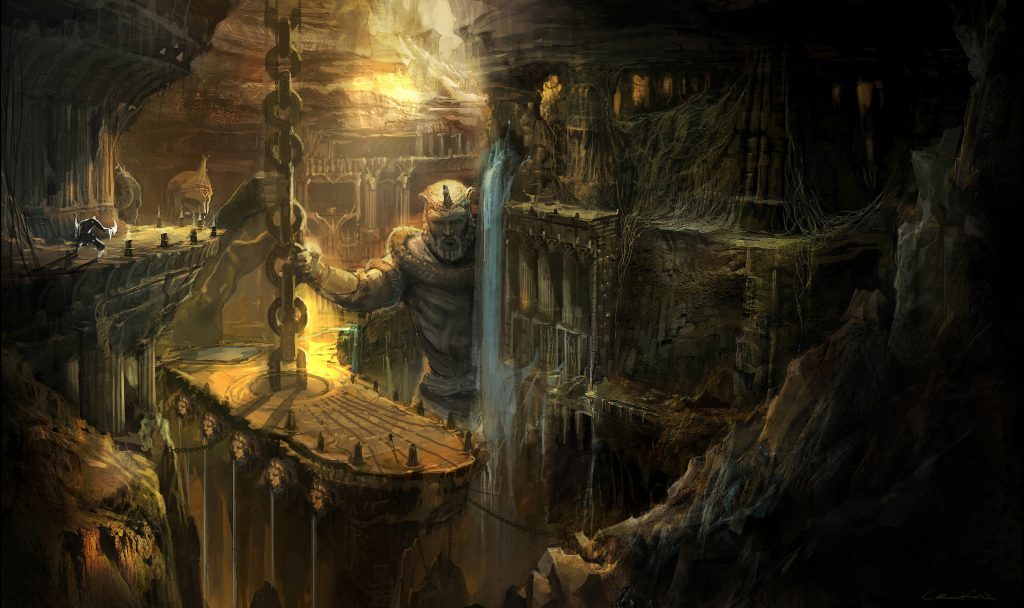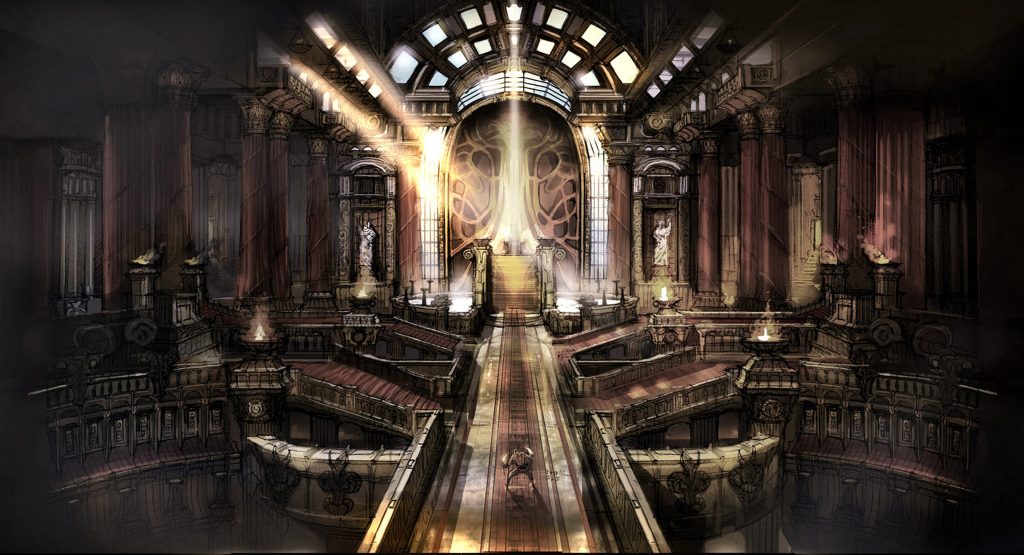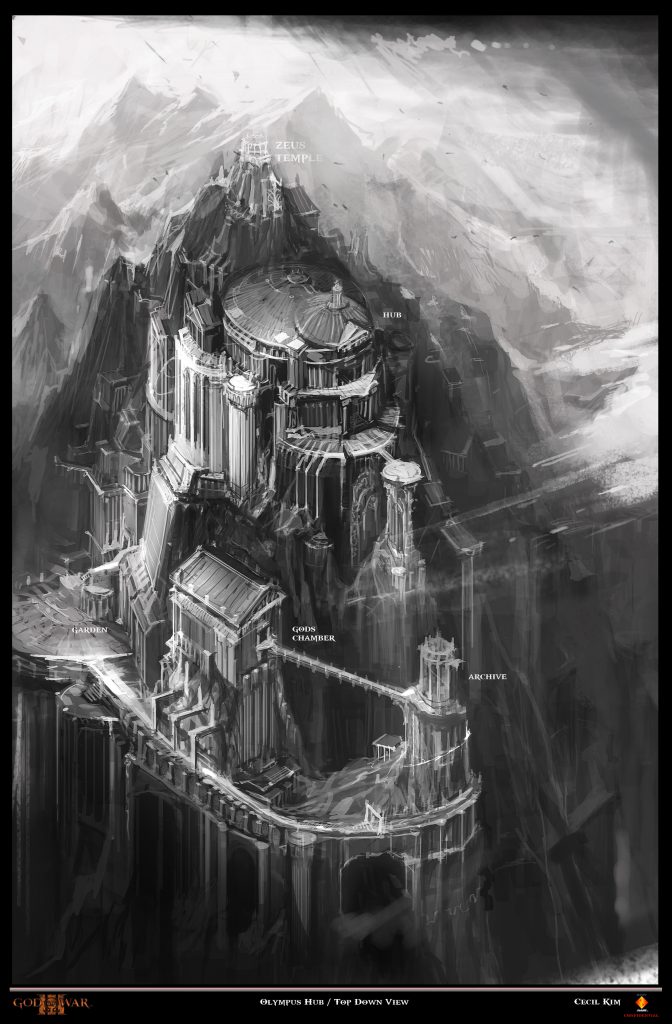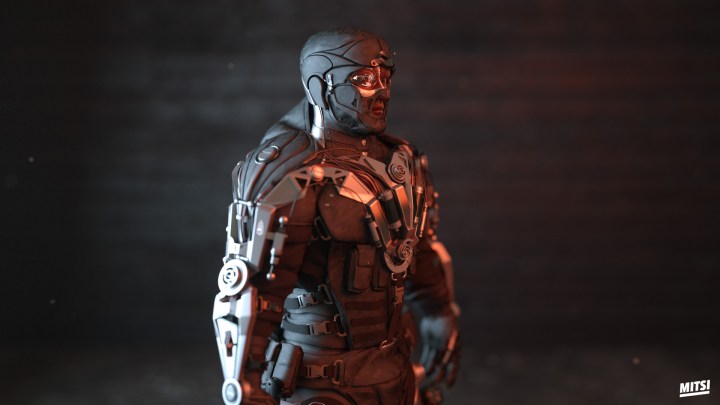Design Architecture as Character with Cecil Kim

On ArtStation Learning, Art Director Cecil Kim shows how you can breathe life and character into static architecture through composition and lighting. In his course, he uses Photoshop to digitally paint a powerful tower structure and gives it the personality using distinct shapes and forms.
“Typically most artists begin drawing characters and monsters when they are young. We don’t normally find architecture or environmental art to be fun to work on until we take some classes at school. Some artists also lose their interests completely because of our misconception of architecture being less expressive or missing their personality.
But it’s important to be able to see architecture as an important storytelling element. You can construct an immersive scene with a cool atmosphere and mood also. So I recommend my course to people who find it hard to get into architectural environment concepts. I hope that artists who are good at character illustration can try this process and find it useful.”
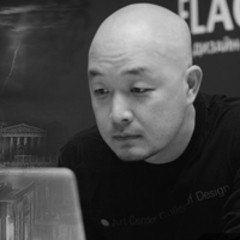 Cecil Kim has worked in games since 1996. He currently works as Art Director at thatgamecompany and was previously Chief Creative Officer at Section Studios. Cecil also teaches at Otis College of Art and Design and serves as a member of the Advisory Board at Gnomon School of Visual Effects, Games & Animation.
Cecil Kim has worked in games since 1996. He currently works as Art Director at thatgamecompany and was previously Chief Creative Officer at Section Studios. Cecil also teaches at Otis College of Art and Design and serves as a member of the Advisory Board at Gnomon School of Visual Effects, Games & Animation.
In this interview, Cecil shares advice for aspiring artists, recommended exercises, and more about his new course on ArtStation Learning.
Behind the course:
I wanted to focus on something I am always interested in and quite familiar with. Since I was a little, I was always fascinated by big structures whether they were monuments or buildings. I often imagine them being a giant character with a purpose. I enjoyed imagining them to be alive and also interacting with tiny things in their surroundings. So I wanted to share my process to open doors to students who are seeking to find a way to like painting architectures. The great thing about this is that it allows you to play with some interesting composition while you are trying to tell a story with a giant character.
Most memorable learning experience:
I had a chance to work with many talented artists with different traits, methods, and expertise. They were very good at what they were passionate about. Some were great storytellers and some were just amazing human beings who knew how to articulate what they were trying to do. I learned so much by just sitting next to them – what kind of music they like to listen to while they are working, how they dealt with deadlines and pressure from work, and what type of drawing pens they love… I think it’s always great to look over other artists’ shoulders to see what their process is.
One piece of advice:
While we are building an art portfolio, we often focus too much on creating finished pieces. We ended up spending a lot of hours working on polishing the details. Sometimes for days and weeks.
Sometimes we undervalue basic form drawing and idea sketching. Drawing is as important as finished images and it becomes an extremely efficient way to communicate your ideas and designs. Once you can draw very well, the possibility is endless. You can draw a simple object like a mailbox and it would look so good. And everyone knows what is a good drawing. It’s a universal thing.
Recommended exercises for getting better at designing architectural concepts:
First, having a good spatial sense helps. In order to do that, your brain needs to work as if you are in VR space. Although you are mostly working on 2D images, you should be able to picture 3D space you laid out in your composition. For many years I worked with level designers professionally. I learned that if you want to pull viewers into your world, you need to think like an architect or cinematographer. Also perspective is very important. Learning perspective can be somewhat challenging because of the nature of technical practices and languages. However, at least you need to know the basic rule of perspective to understand spatial relationships between objects.
ArtStation Learning courses are included in all ArtStation premium subscriptions. Find out more >
See more of Cecil’s work here.
